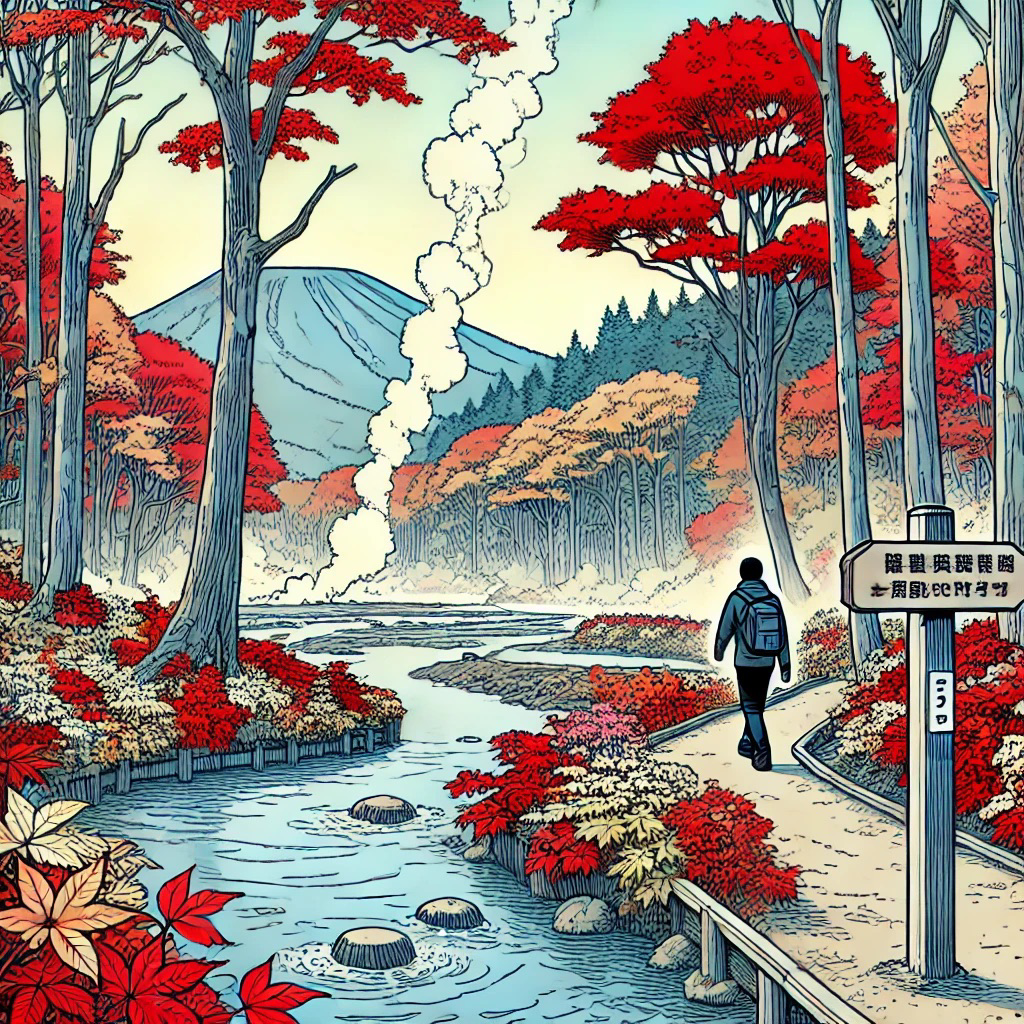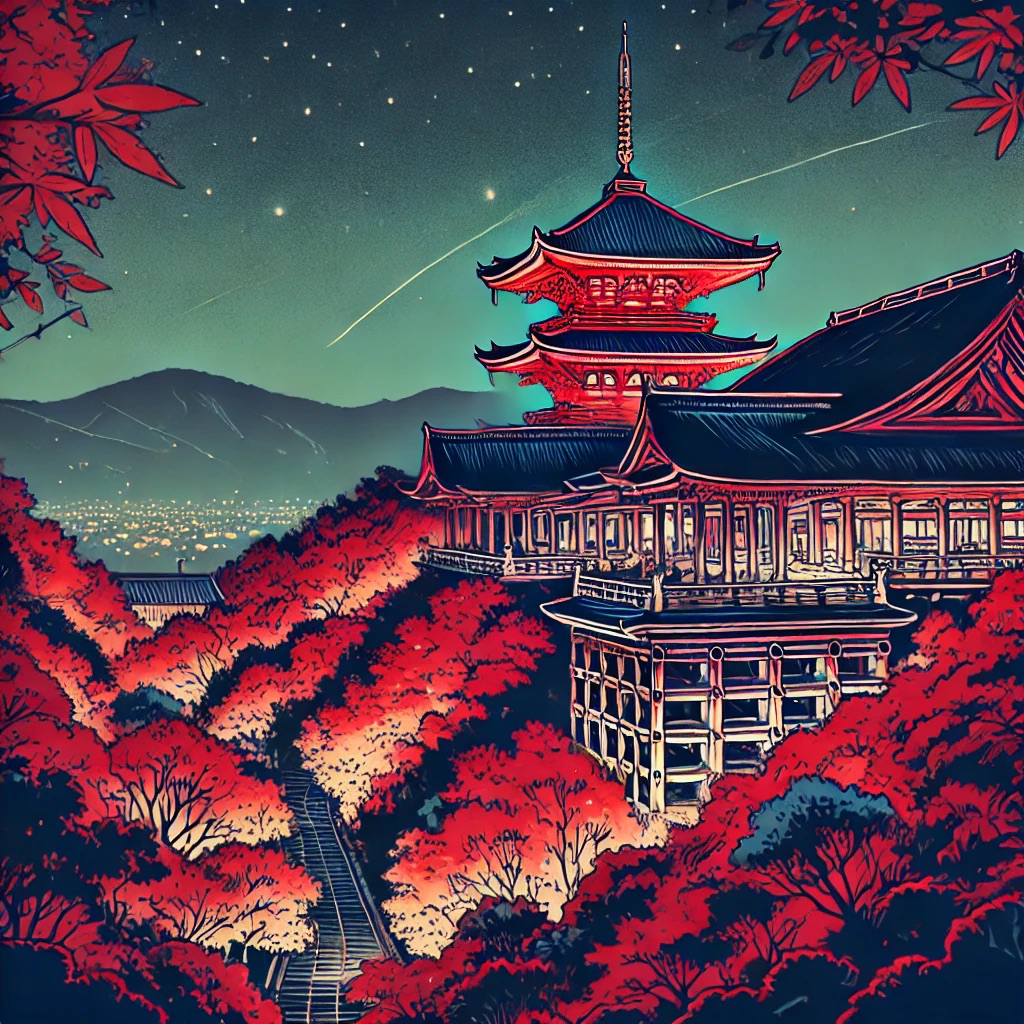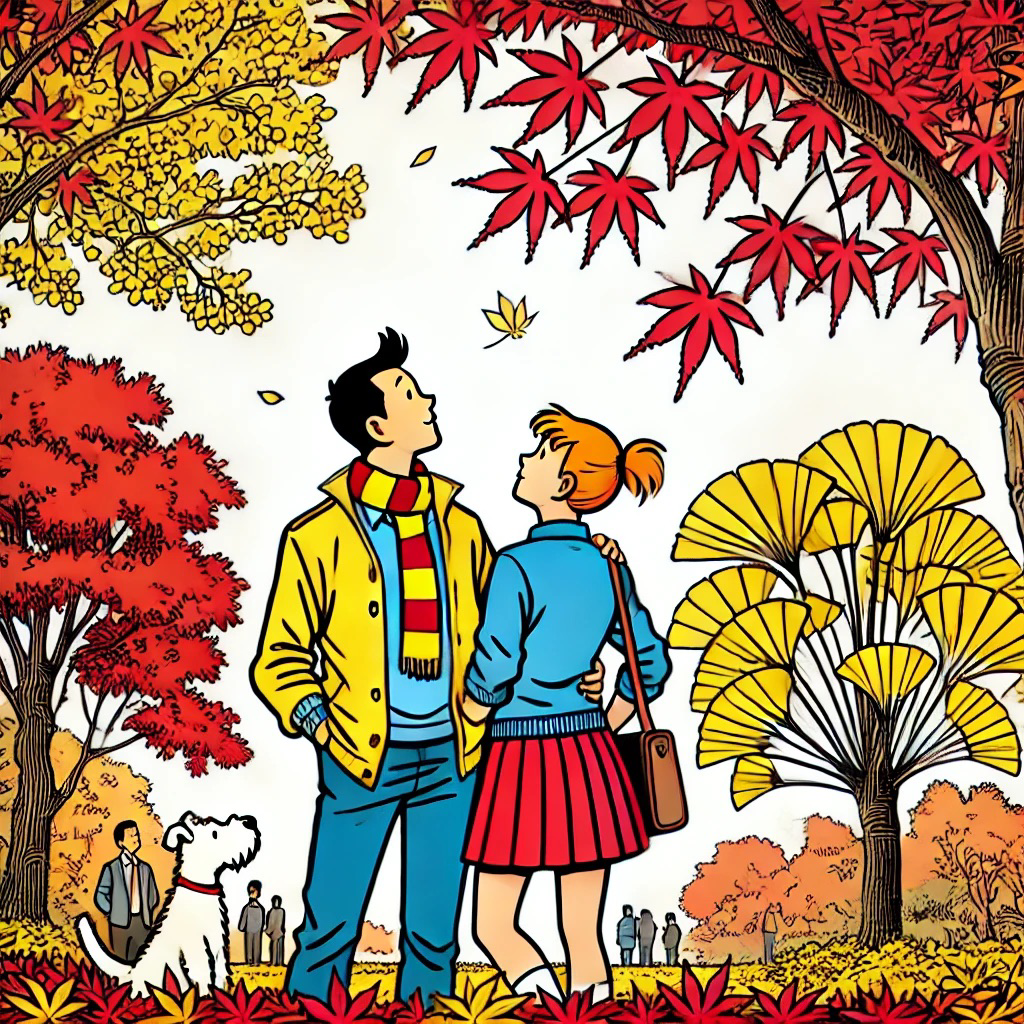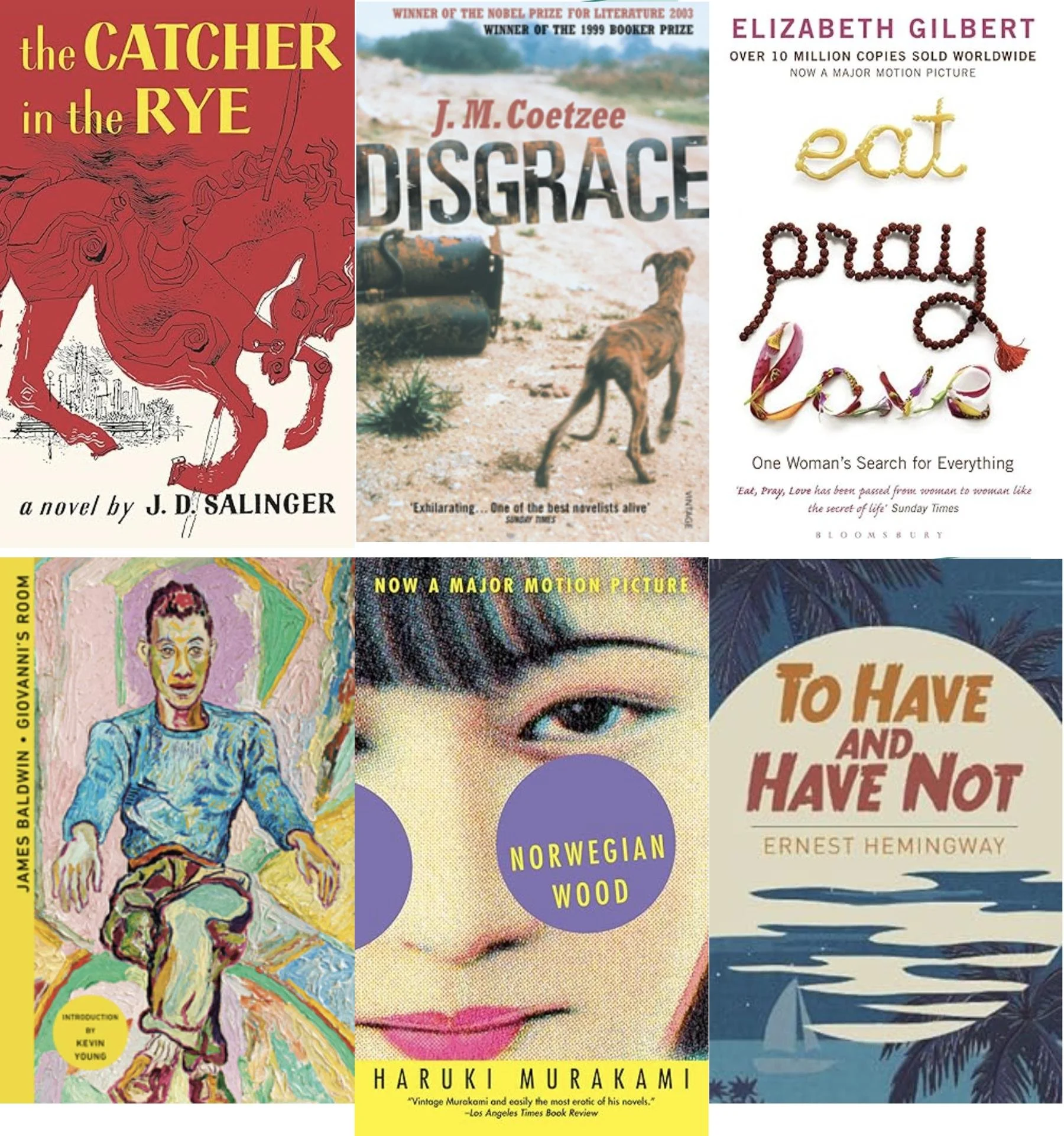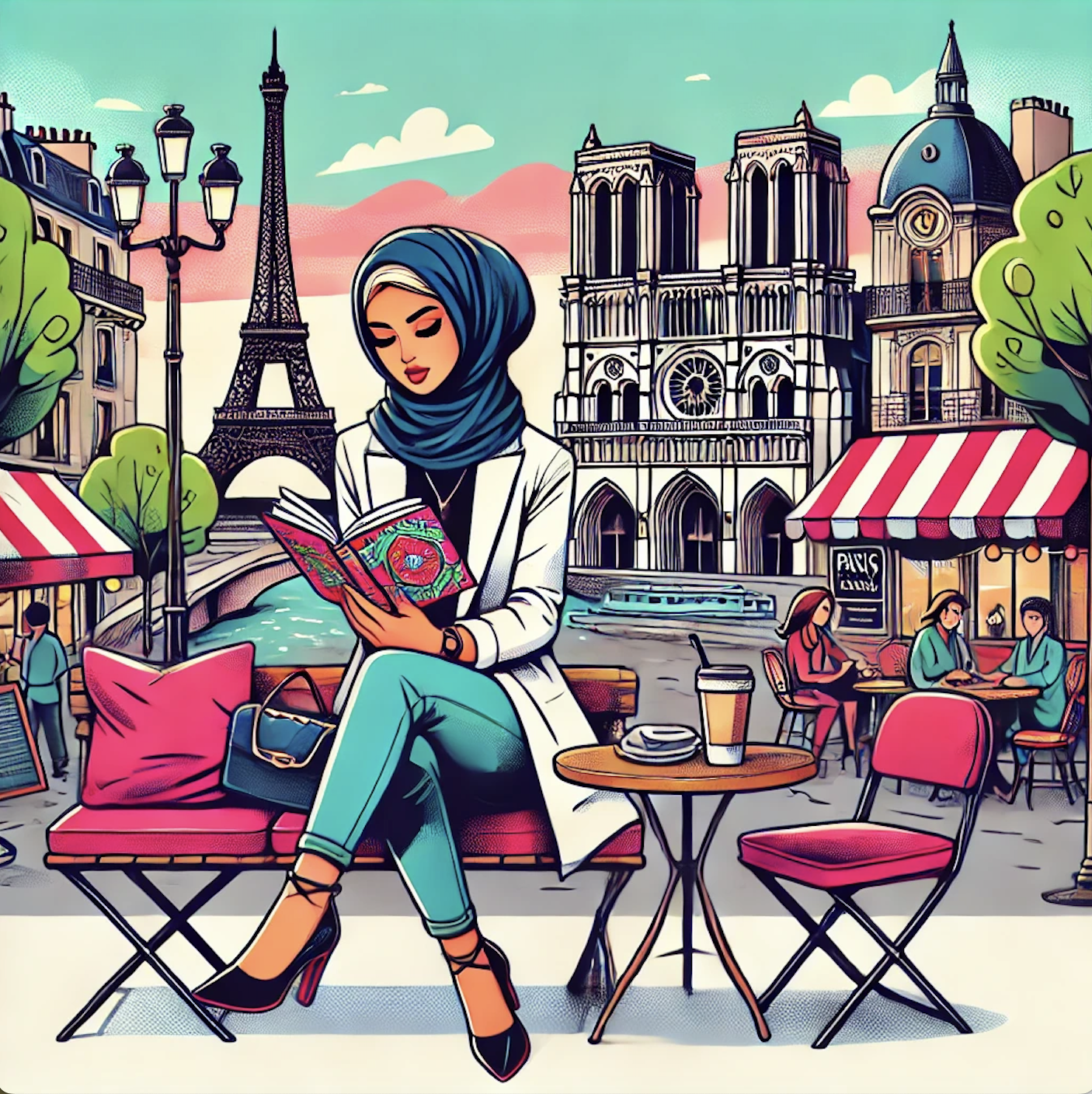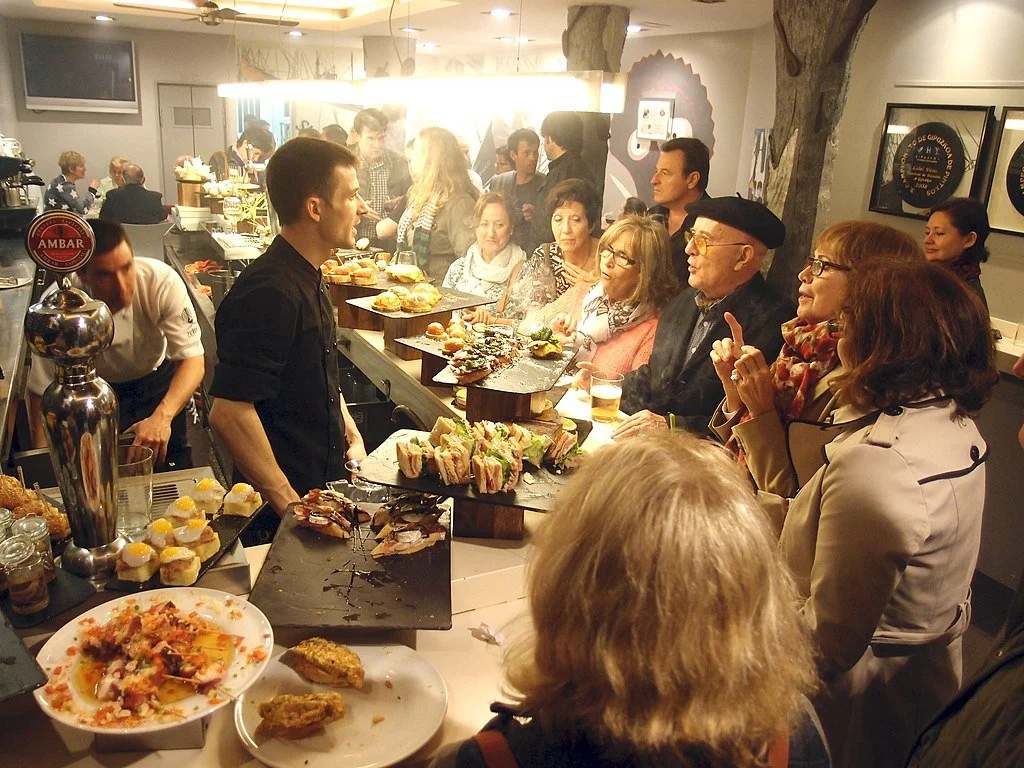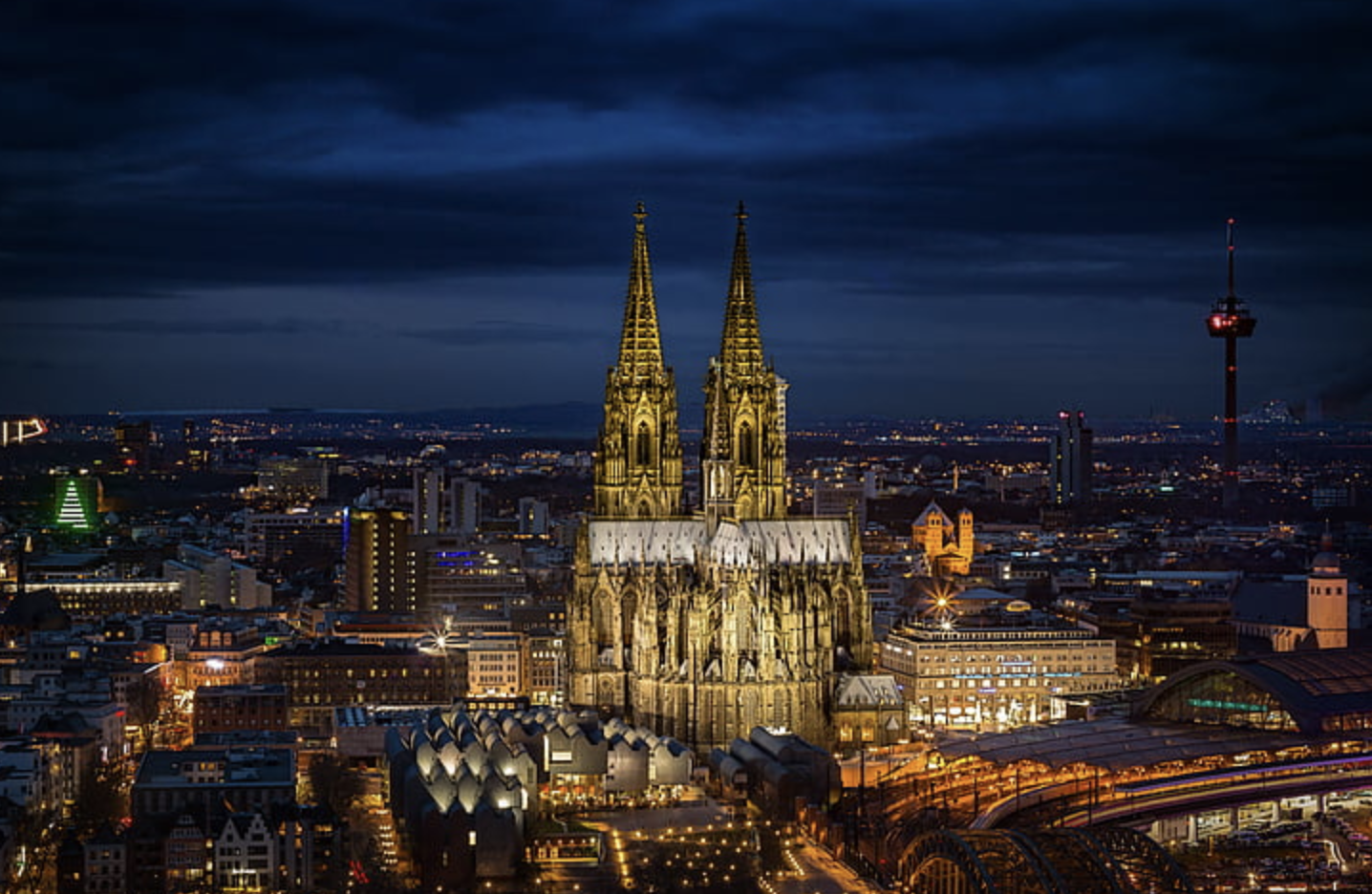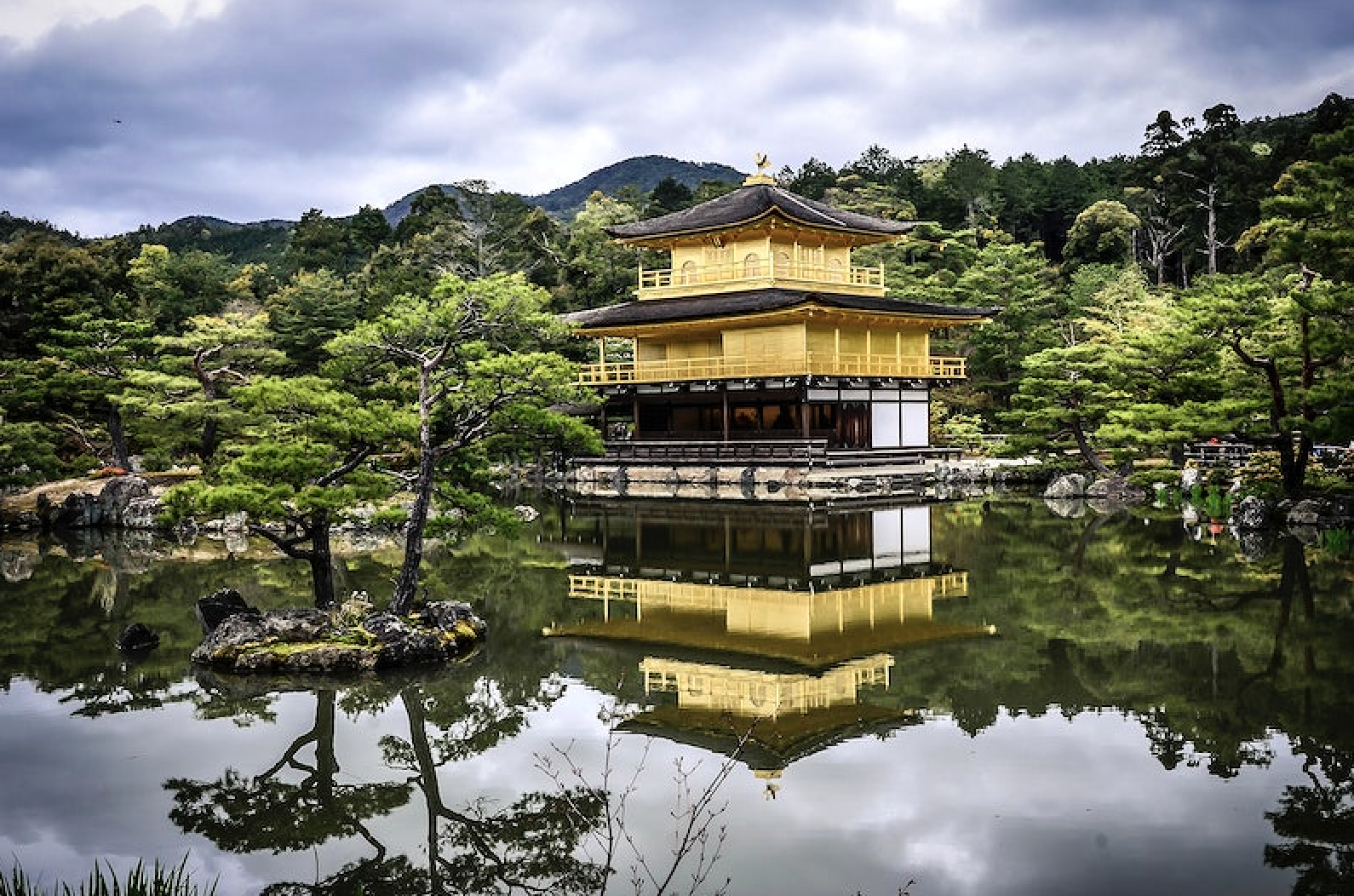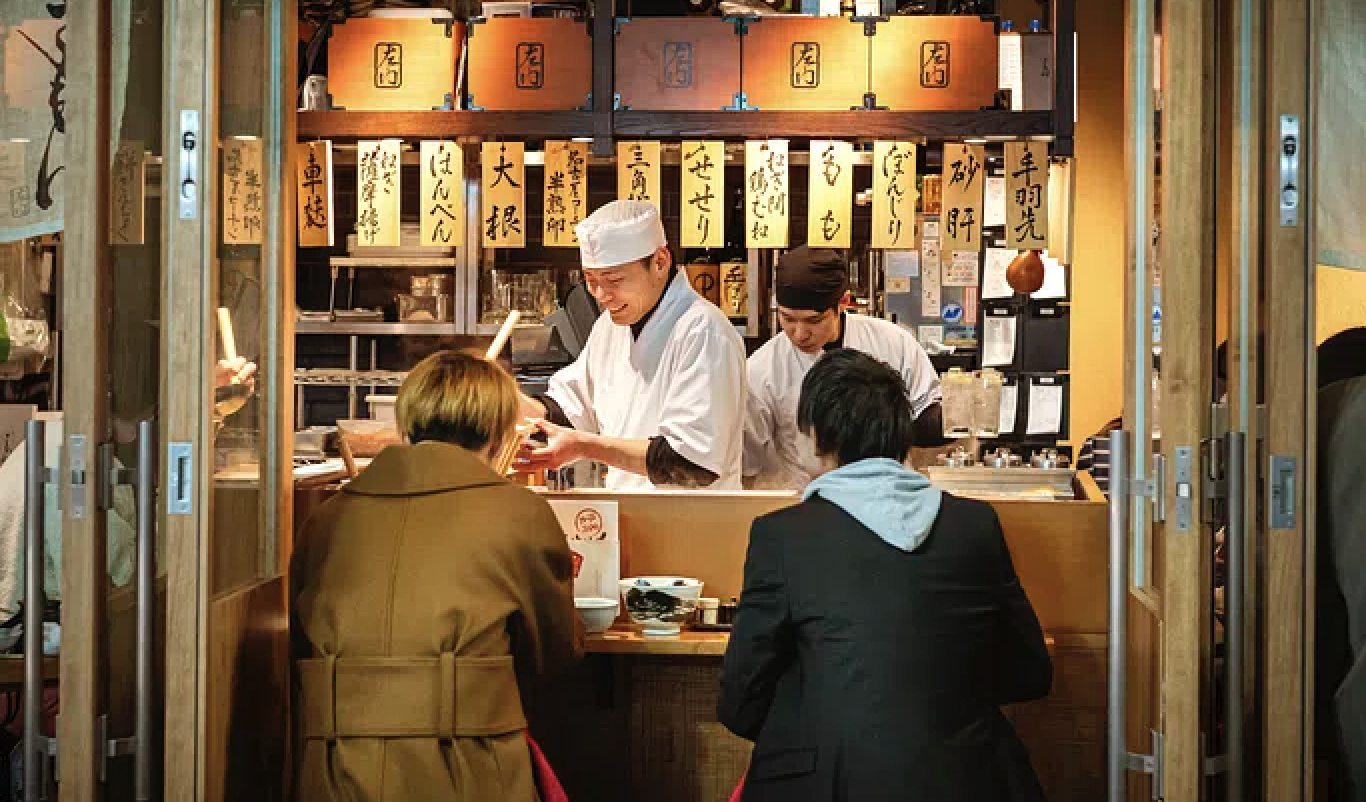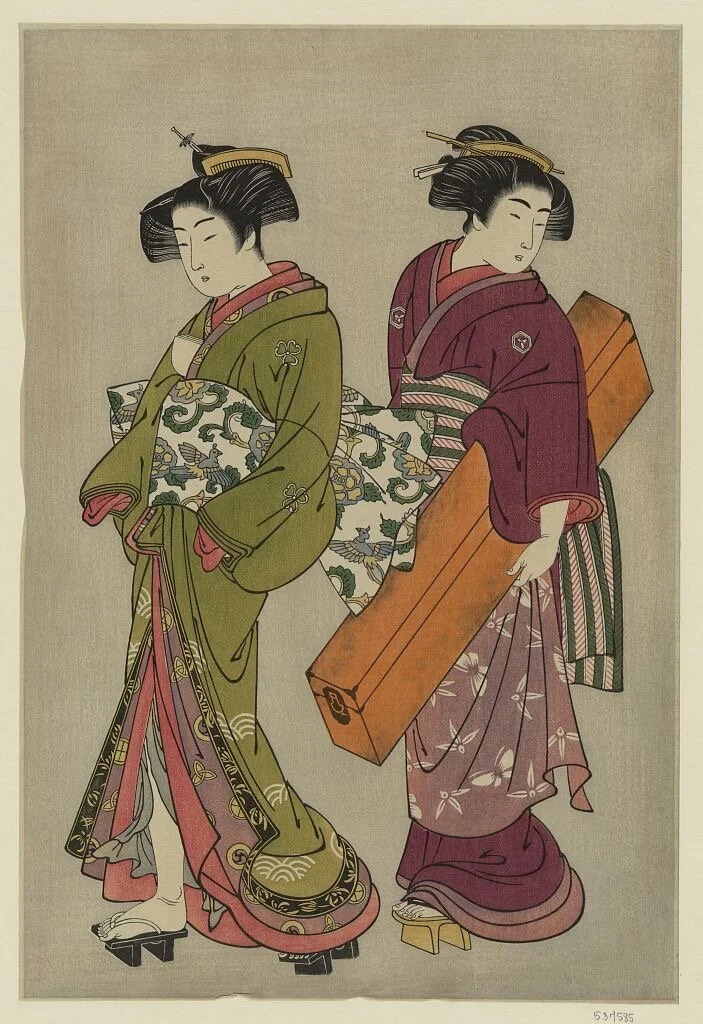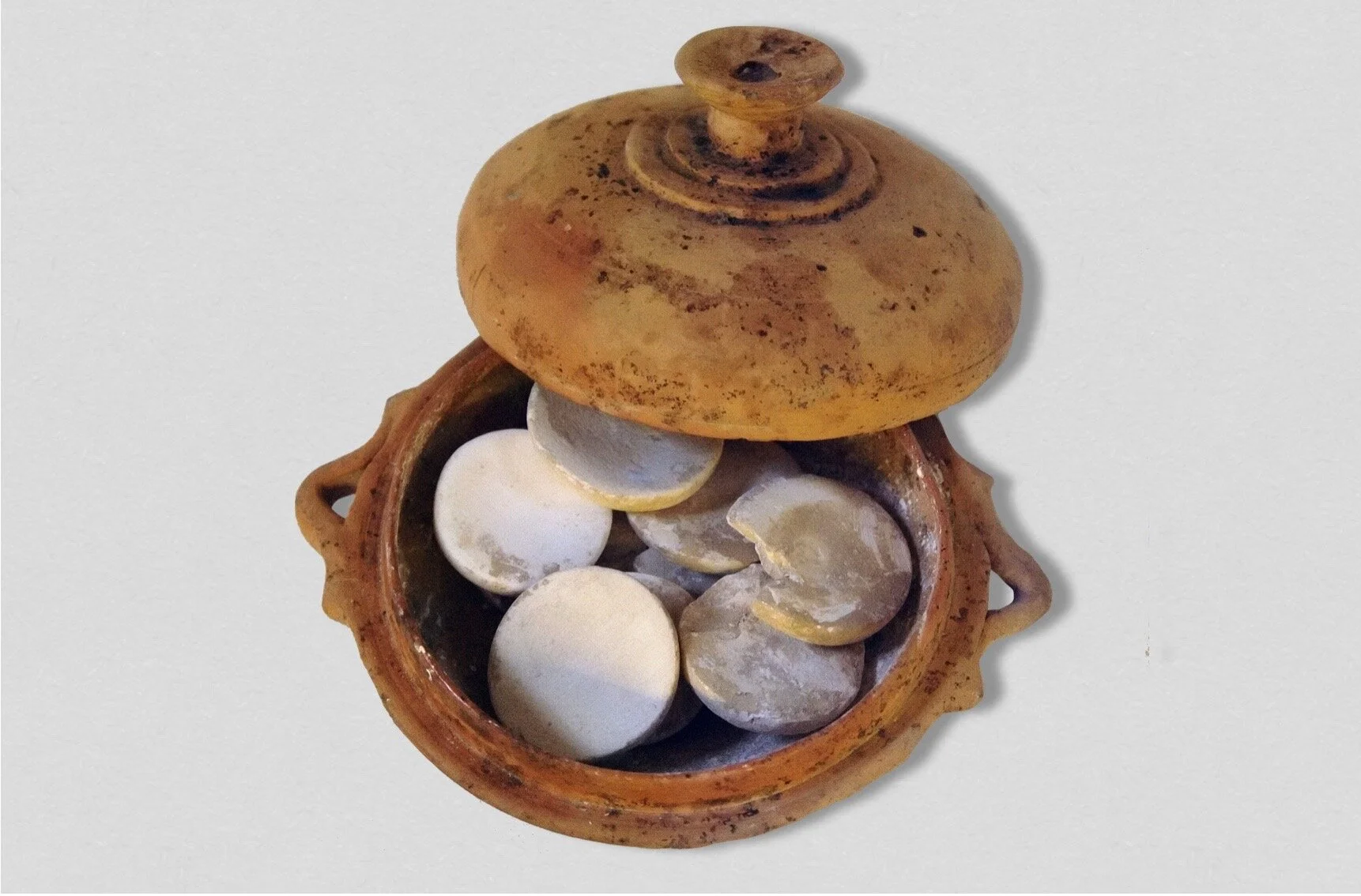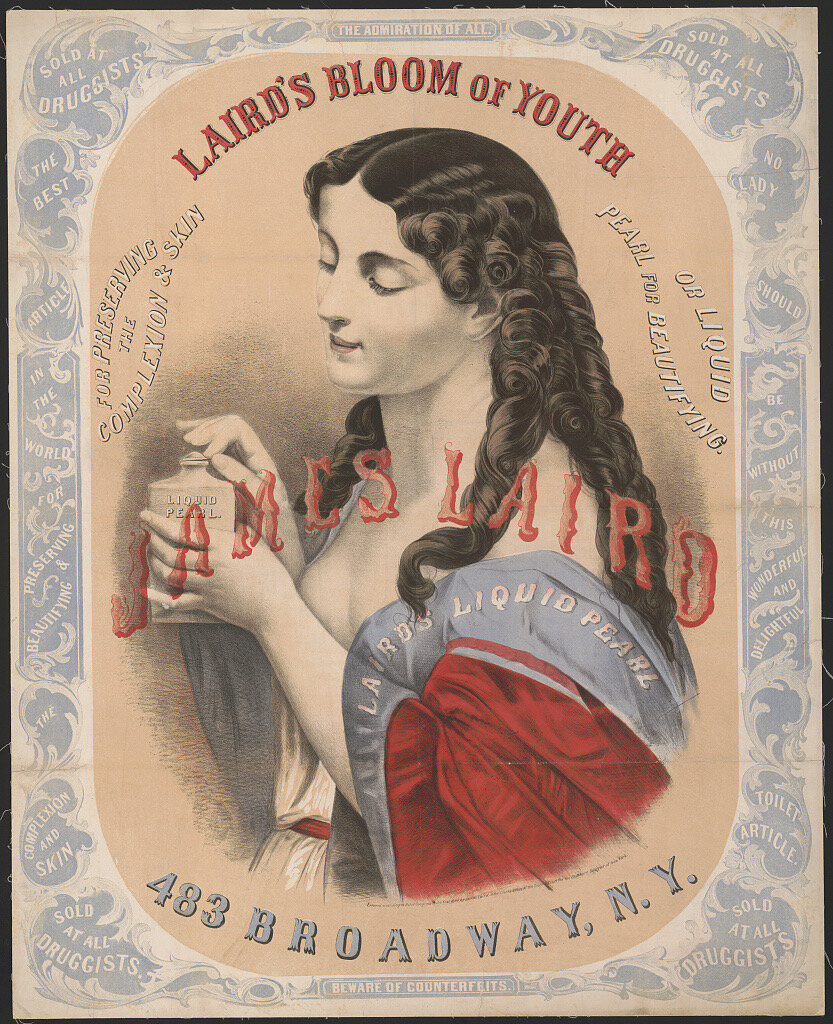Discover the best places for autumn in Japan, including Hokkaido, Nikko, Fuji Five Lakes, Kyoto and Tokyo. Plus, you’ll fall for these cultural traditions and travel tips.
Japan in fall is a spectacle of vibrant colors and cultural traditions, with every corner of the country bursting into hues of red, orange and yellow. Known as koyo, the brilliant display of autumn leaves makes this the perfect time to soak up Japan’s natural beauty. But if you’re aiming for the best fall foliage spots and wondering about cultural traditions tied to the season, don’t worry — I’ve got you covered.
“Known as koyo, the brilliant display of autumn leaves makes fall the perfect time to soak up Japan’s natural beauty.”
Before heading off, make sure you check the Japan fall foliage forecast for the year so you hit the peak time for those autumn hues. Now, let’s dive into the top spots for fall foliage viewing, starting with the early birds all the way to the late bloomers.
Hokkaido
Japan’s northernmost island, Hokkaido, is home to Daisetsuzan National Park, one of the first places to catch the autumn colors. Starting mid-September, you can hike around Kogen Onsen for a kaleidoscope of leaves. Just don’t forget your bear safety orientation — these woods are home to some of Japan’s most curious critters. Another fall gem? Noboribetsu, known for its eerie “Hell Valley,” where volcanic hot springs and bubbling pools make for a steamy, surreal leaf-viewing experience.
Nikko
Nikko offers one of the longest koyo seasons in Japan. The leaf-changing magic starts mid-October near the waterfalls, before spreading in golden waves across Senjogahara Marshland and up to Lake Chuzenji. The stunning contrast of colors against the blue waters is definitely a sight you don’t want to miss.
Fuji Five Lakes
With Mount Fuji towering above, the Fuji Five Lakes region is undeniably a showstopper. In early November, the northern shores of Lake Kawaguchiko are prime for leaf viewing, with the snow-capped peak looming in the background. If you’re feeling adventurous, this could be your basecamp for a late fall climb.
Kyoto
Kyoto, with its historic temples and gardens, steals the show in mid-to-late November. Arashiyama, known for its bamboo grove, becomes even more magical when framed by autumn colors — yes, the same spot you’ve seen in Memoirs of a Geisha. Kiyomizu-dera Temple, perched above a sea of crimson leaves, offers stunning views, and its nighttime illuminations give the foliage an otherworldly glow.
Tokyo
Even Tokyo gets in on the action. By late November, Shinjuku Gyoen National Garden lights up with reds and yellows, offering a stunning mix of Japanese, English, and French-style gardens. Meanwhile, Koishikawa Korakuen Gardens showcase fiery maple leaves reflected in its serene ponds, blending nature with traditional Japanese design for a peaceful retreat in the city.
Types of Trees You’ll See for Japanese Fall Foliage
Japanese maple (momiji): The star of the season, momiji trees light up the landscape with their fiery red leaves, becoming the very symbol of autumn in Japan.
Ginkgo: With their distinctive fan-shaped leaves turning a brilliant yellow, ginkgo trees are a common sight in cities, parks and temples and lining streets.
Rowan and larch: Adding splashes of orange and yellow, these trees round out the autumn palette, with larch standing out as the only conifer that drops its needle-shaped leaves for the season.
How to Get Around for Japan’s Fall Foliage
Japan Rail Pass: The perfect ticket to hop between major cities and regions. If you’re planning to cover a lot of ground with long-distance trips, this is both a convenient and cost-effective option.
Public transportation: In bustling cities like Tokyo and Kyoto, the train and bus networks make getting around a breeze.
Car rental: When you’re heading to more remote spots like Nikko or Hokkaido, a rental car gives you the freedom to escape the crowds and explore at your own pace.
Cultural Traditions for Koyo
The Japanese don’t just admire the leaves — they “hunt” them. Momiji-gari, which literally translates to “autumn leaf hunting,” is all about appreciating the vivid colors, particularly those of the maple tree. And don’t be surprised if you spot some maple leaf tempura on menus — it’s a sweet seasonal treat.
The fall harvest also means festivals. Kyoto’s Jidai Matsuri on October 22 brings history to life with participants donning costumes from different periods of Japan’s past. Meanwhile, the Nihonmatsu Lantern Festival in Fukushima lights up the streets with floats covered in glowing red lanterns — it’s a sight not to be missed.
Travel Tips for Fall Foliage in Japan
Plan ahead.
With autumn being a prime time for visitors, accommodations fill up fast. Be sure to book early and keep an eye on foliage forecasts to catch the peak colors.
Layer your clothing.
The temperatures swing throughout the day, so dressing in layers will keep you comfortable no matter the weather.
Respect local customs.
Temples and shrines hold a special place in Japanese culture. When visiting, be sure to follow local traditions and show proper etiquette. This might mean taking off your shoes before entering temple buildings, avoiding loud conversations, refraining from taking photos in restricted areas, and bowing to show respect when entering and leaving holy places.
On the Hunt for Fall Foliage
Japan’s autumn certainly wows with its colors — but it’s also the culture, festivals and history that make this season so special. So grab your camera, plan your trip and get ready to “hunt” some of the most stunning fall views the world has to offer. –Julia Hill
NATURE’S MARVELS



